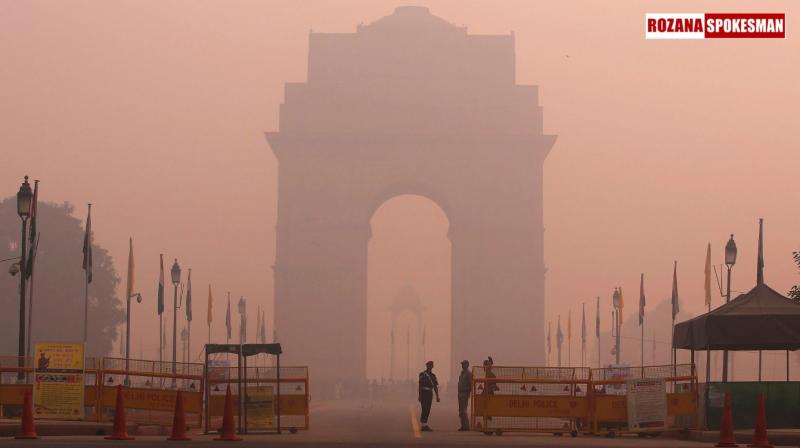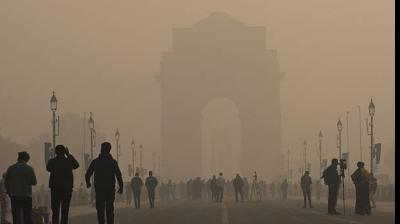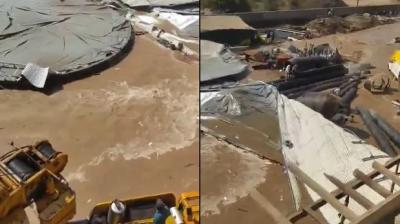
The AQI scale defines readings between 301-400 as "very poor," while levels above 400 are considered "severe."
Delhi Air Pollution Latest News: A thin layer of smog blanketed parts of Delhi on Thursday, pushing the city's air quality into the "very poor" category. With an Air Quality Index (AQI) hovering around 400 in several areas, residents are increasingly feeling the impact of rising pollution levels.
A visitor at India Gate commented on the worsening conditions, saying, "The pollution has surged in October, and the AQI is around 400. It's impossible to cycle or work out without a mask." Paddy stubble burning was highlighted as a major contributor to the deteriorating air quality.
Another visitor pointed out that the onset of winter typically worsens pollution in Delhi NCR. "During monsoons, pollution is slightly reduced, but now we face low visibility in the mornings, especially as the number of vehicles increases," he said, calling for the government to promote cycling as a solution. "Cycling for office commutes of 10-15 km could be an eco-friendly option."
According to data from the Central Pollution Control Board (CPCB), AQI readings on Thursday at 7:00 a.m. showed alarming levels: Anand Vihar (392), Ashok Vihar (350), IGI Airport T3 (334), ITO (324), RK Puram (359), Okhla Phase-2 (322), and Dwarka-Sector 8 (348), all categorized as "very poor."
The AQI scale defines readings between 301-400 as "very poor," while levels above 400 are considered "severe."
The India Meteorological Department (IMD) forecast for the day predicted maximum and minimum temperatures of 33°C and 19°C, respectively.
On Wednesday, Delhi Environment Minister Gopal Rai urged Union Environment Minister Bhupender Yadav to convene a meeting with stakeholders to address the growing pollution crisis. In his third letter, Rai followed up on his request for discussions on cloud seeding as a potential short-term solution.
Delhi's government had already launched its Winter Action Plan on September 25 to address the seasonal pollution surge. However, the need for alternative solutions is becoming increasingly urgent.
Meanwhile, the situation along the Yamuna River remains critical, with toxic foam seen floating in the waters at Kalindi Kunj, highlighting the city's ongoing struggle with pollution on multiple fronts.













